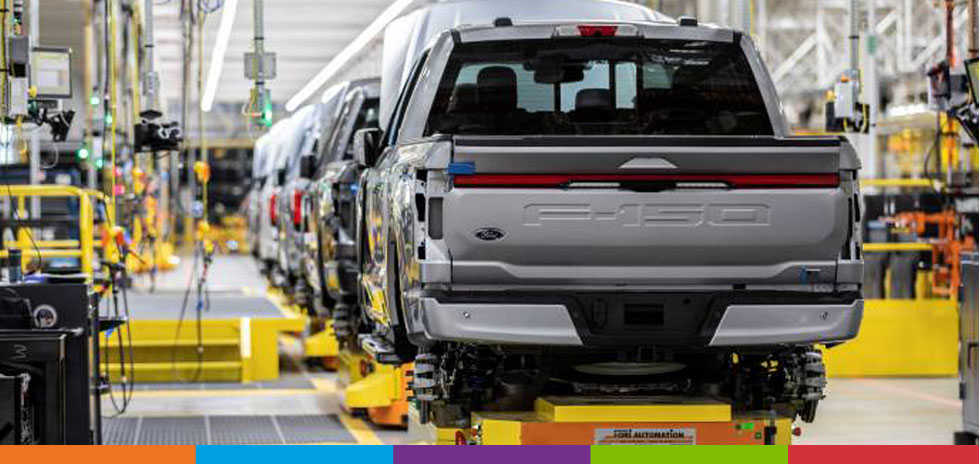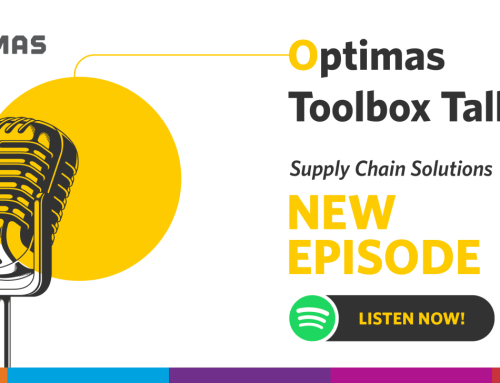
Onshoring and Nearshoring for Sustainable Supply Chains
Understanding supply chains is vital for businesses wanting to make their manufacturing practices sustainable and achieve net-zero carbon emissions targets. Supply chains are critical for manufacturers and distributors, but they can be convoluted and unreliable.
Unfortunately, there’s no easy way to fix supply chain instability. Making a supply chain sustainable is also a long process. What may be more feasible, however, is attempting to reimagine how these workflows operate — and onshoring or nearshoring could be the answer.
How Do Onshoring and Nearshoring Impact Sustainability Measures?
Onshoring is when all supplies are sourced from the manufacturer’s home country. Onshoring improves the control companies have over their parts, production schedules, and quality. It also allows companies capitalise on sustainability by improving their carbon footprint.
Nearshoring is similar to onshoring, but it instead involves sourcing materials from neighbouring countries. It still lowers supply chain risk by cutting transport time and it enables closer cooperation between parties.
So how do onshoring and nearshoring lead to tangible, sustainable results?
- Localised sourcing leads to reduced transportation
Parts and materials don’t have to travel as far through onshoring or nearshoring. This reduces the need for multiple forms of transportation, especially heavy carbon emitters like cargo planes and ships.
Considering that 17% of global greenhouse gas emissions come from goods transportation, sourcing locally is a great way to achieve sustainable manufacturing.
- Production becomes more flexible
Production schedules are often disrupted because of supply chains. Logistical processes take a long time to plan and can cause chaos if they’re disrupted.
As localising your sources shortens your supply chain, you’ll have more room to research and develop your production processes.
This more demand-centric model allows businesses to quickly respond to problems, cut waste, and better serve consumers. This then frees up business to use sustainable manufacturing practices.
- Supply chains become more personable
One of the major advantages of both onshoring and nearshoring is that they unite and focus supply chain partners on a common goal through closer communication and collaboration.
Your supply chain can then become more transparent. Plus, partnering with other businesses is crucial in reducing the manufacturing industry’s carbon emissions.
Onshore and nearshore sourcing can help you build a more sustainable supply chain. Optimas Solutions manufactures high-quality fasteners valuable for OEMs trying to source sustainably.






